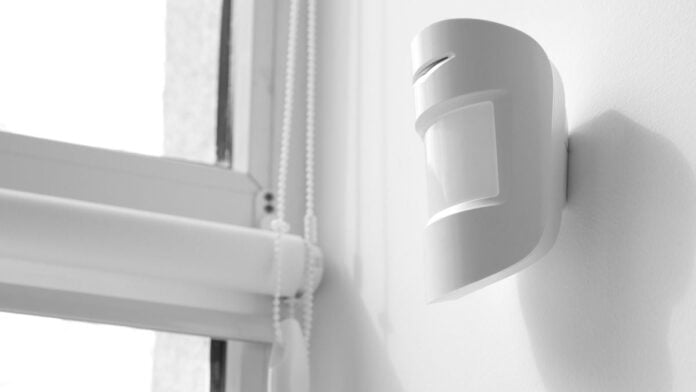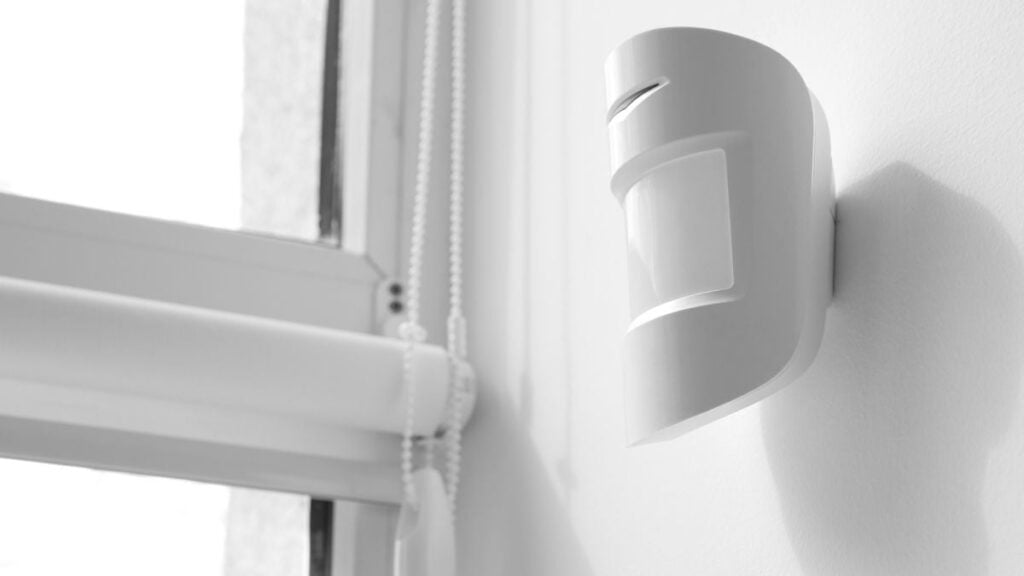PIRs And Glazing May Not Mix.
PIRS and glazing – PIRS are great in stable environments with moderate thermal variations, but when securing homes or offices with sensors that must face glazing the installer is faced with a dilemma.
One on hand glass lets in a significant amount of IRE. In some circumstances – in the event of high thermal rise times – this can activate a sensor and cause false alarms.
On the other hand, PIRs are passive, and because heated bodies outside glass are not detected through glazing, there’s no chance of false alarms, as might happen with a pure microwave sensor.
PIRs are sensitive to wavelengths around 3um, a wavelength that can’t penetrate glass barriers, so anybody walking by outside a window won’t disturb it the way they might fluster a microwave sensor, which goes right through ordinary window glazing and can drive clients, monitoring station operators and techs nutty thanks to its penetration ability.
At the same time, if an installer is covering a sunken courtyard with earth or stone banks, a single wide angle microwave sensor has the ability to cover foreground and background – that’s a useful capability.
PIRs And Glazing May Not Mix
In applications with lots of glass, consider setting PIR pulse count to 3 to dial up the level of IRE required to activate the alarm circuit. Another alternative is to deploy dual technology or range gated radar sensors when you’re dealing with glass.
If you go with dual technology – that’s PIR and microwave sensors combined in a single alarm circuit – be aware that if there’s a lot of movement outside adjacent windows (and even walls) the microwave portion of your sensor is going to be spending a lot of time in a state of alarm.
Something to consider is that a single call out to replace a poorly chosen sensor will likely cost more than the sensor you installed – you’re always better to up-spec when sensors face challenging environments.
You can learn more about passive infrared detection here or read more SEN news here.
“PIRs And Glazing May Not Mix.”
PIRs And Glazing – At least this oddly located wireless sensor can be moved if false alarms become an issue…








